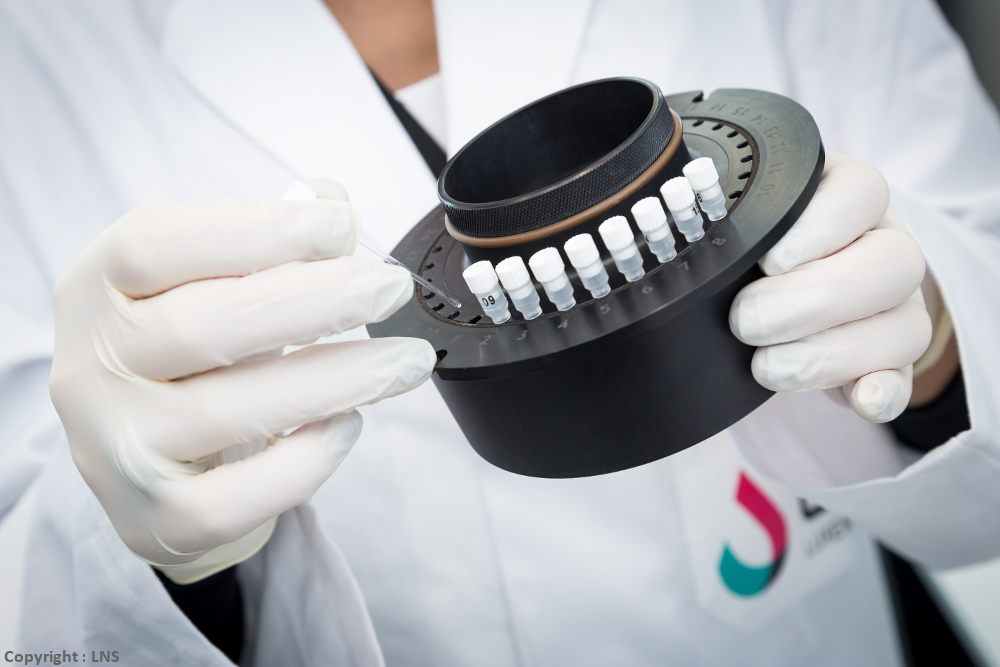Authors: Seifert M, Schackert G, Temme A, Schröck E, Deutsch A, Klink B
Abstract
Astrocytomas are primary human brain tumors including diffuse or anaplastic astrocytomas that develop towards secondary glioblastomas over time. However, only little is known about molecular alterations that drive this progression. We measured multi-omics profiles of patient-matched astrocytoma pairs of initial and recurrent tumors from 22 patients to identify molecular alterations associated with tumor progression. Gene copy number profiles formed three major subcluters, but more than half of the patient-matched astrocytoma pairs differed in their gene copy number profiles like astrocytomas from different patients. Chromosome 10 deletions were not observed for diffuse astrocytomas, but occurred in corresponding recurrent tumors. Gene expression profiles formed three other major subclusters and patient-matched expression profiles were much more heterogeneous than their copy number profiles. Still, recurrent tumors showed a strong tendency to switch to the mesenchymal subtype. The direct progression of diffuse astrocytomas to secondary glioblastomas showed the largest number of transcriptional changes. Astrocytoma progression groups were further distinguished by signaling pathway expression signatures affecting cell division, interaction and differentiation. As expected, IDH1 was most frequently mutated closely followed by TP53, but also MUC4 involved in the regulation of apoptosis and proliferation was frequently mutated. Astrocytoma progression groups differed in their mutation frequencies of these three genes. Overall, patient-matched astrocytomas can differ substantially within and between patients, but still molecular signatures associated with the progression to secondary glioblastomas exist and should be analyzed for their potential clinical relevance in future studies.
Cancers

